IKEA’s living room has evolved over 70 years, but this one piece of furniture has remained the same
Scandi-style has not always looked as minimalistic as today, but one design feature has stood the test of time
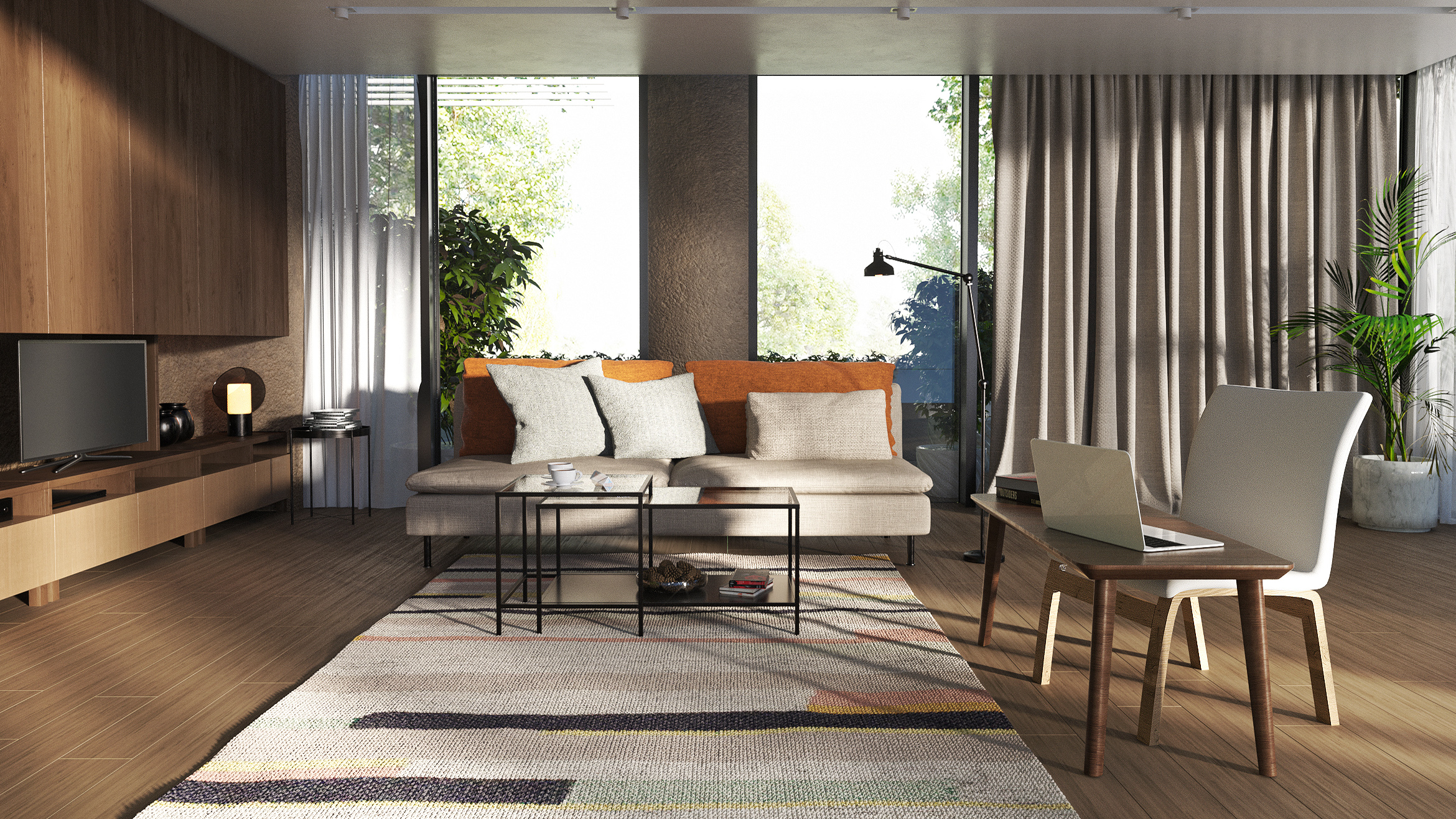

In 70 years, IKEA’s style has evolved from retro maximalism to the epitome of Scandi-cool – but in all its evolution, one furnishing has remained the same.
A recent study* has investigated IKEA’s museum of vintage catalogs to exhibit how their living rooms have changed from the 1950s to the contemporary day. However, despite its diverse styles, hues, and textures – one piece appears in every era: a statement armchair.
While IKEA’s armchairs have developed over the years – observing different shapes, sizes – and even a complete redesign from an IKEA hack – their ability to make a statement continues. And, we expect this furnishing to prevail for 70 more years to come.
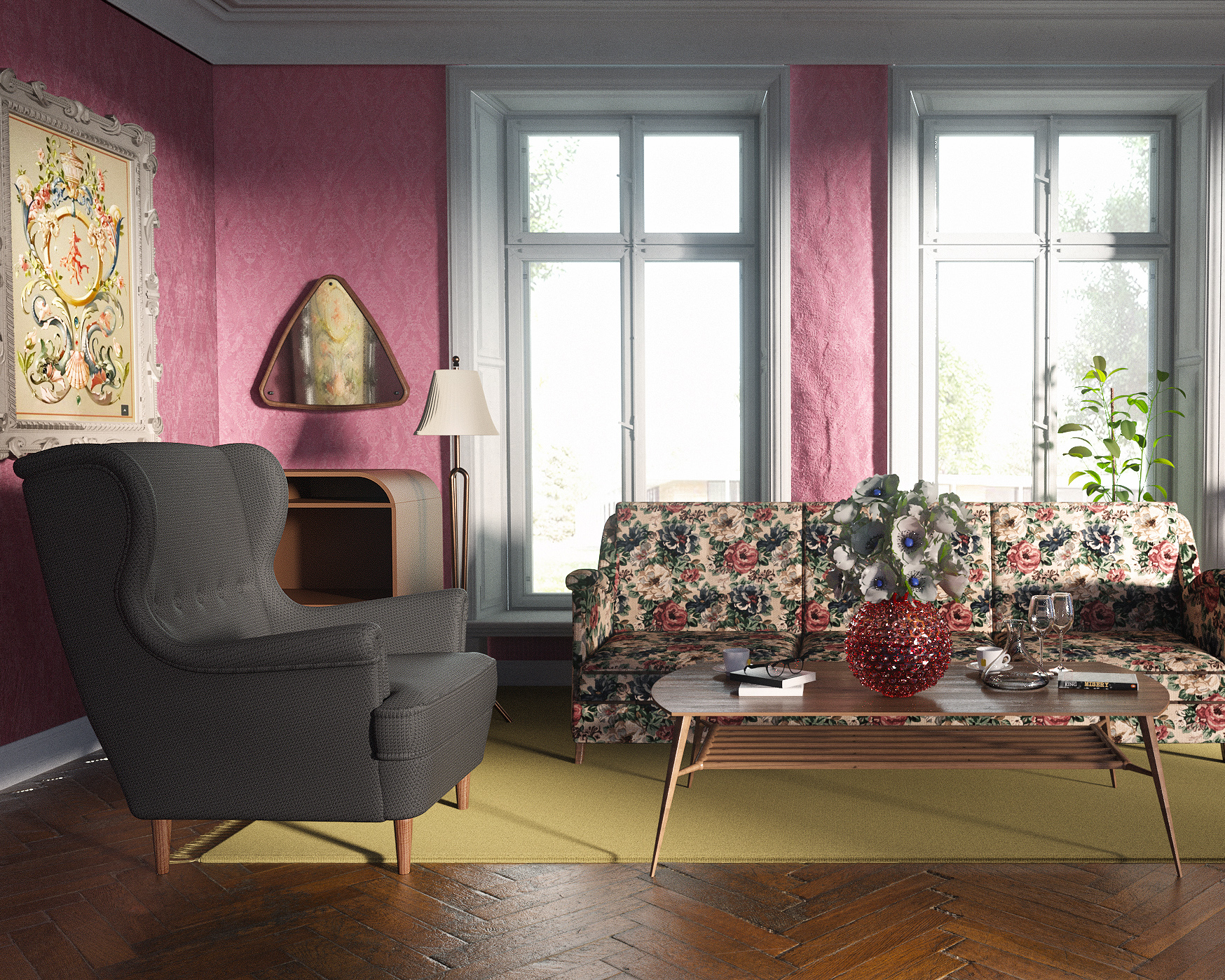
1950s
In an investigation that begins in the 1950s (above), the study explored IKEA’s catalog archives to create digital renders that show how IKEA’a living room ideas have changed since its launch. While these eras are all dramatically different, their armchairs continue to make a statement in every image.
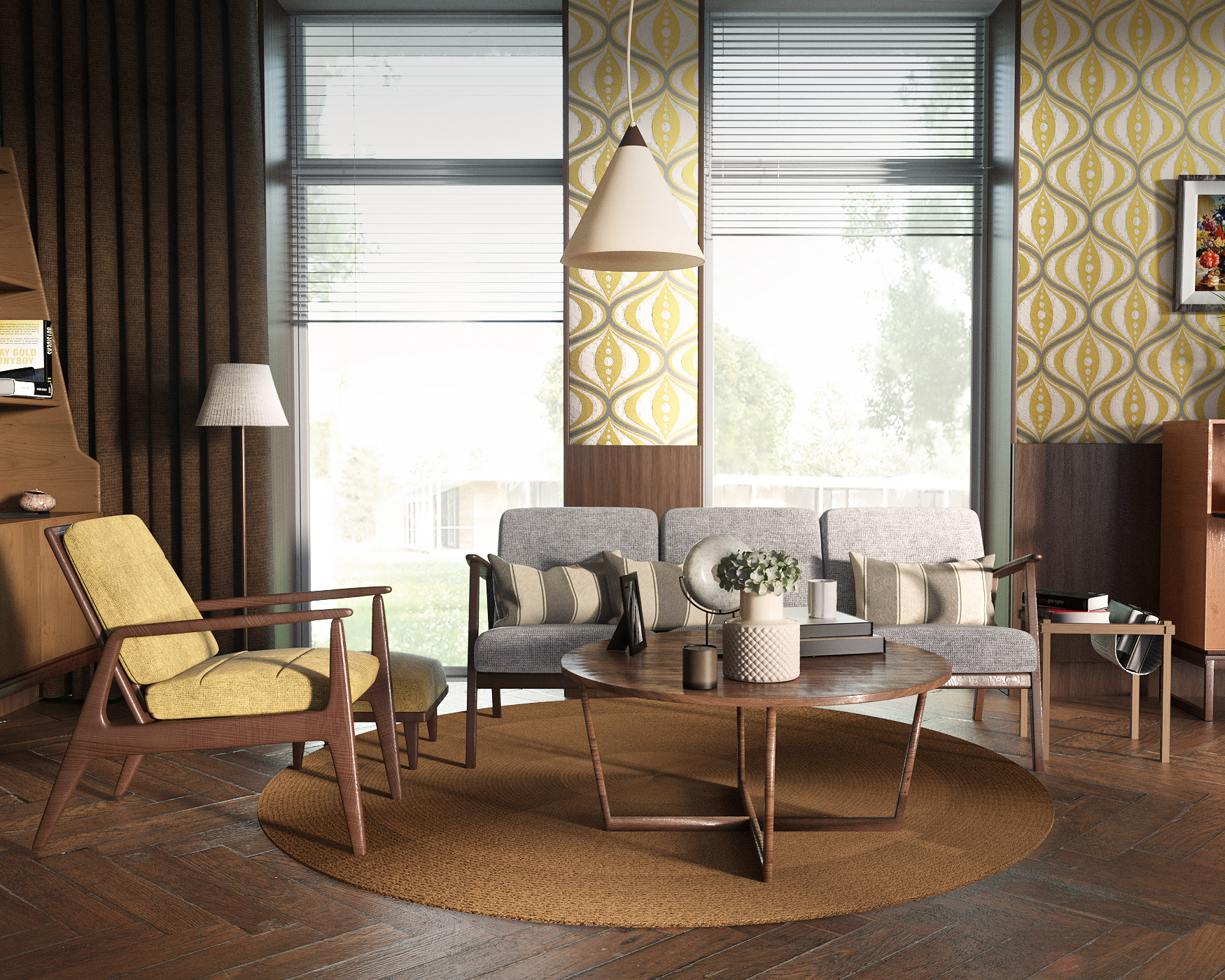
1960s
In 1950, the dark gray REX armchair demanded attention amid the pink-hued chintz living space. Meanwhile, in the 60s (above), the retro ESBJERG chair armchair adds a stylish structure to the yellow, wooden-filled scheme.
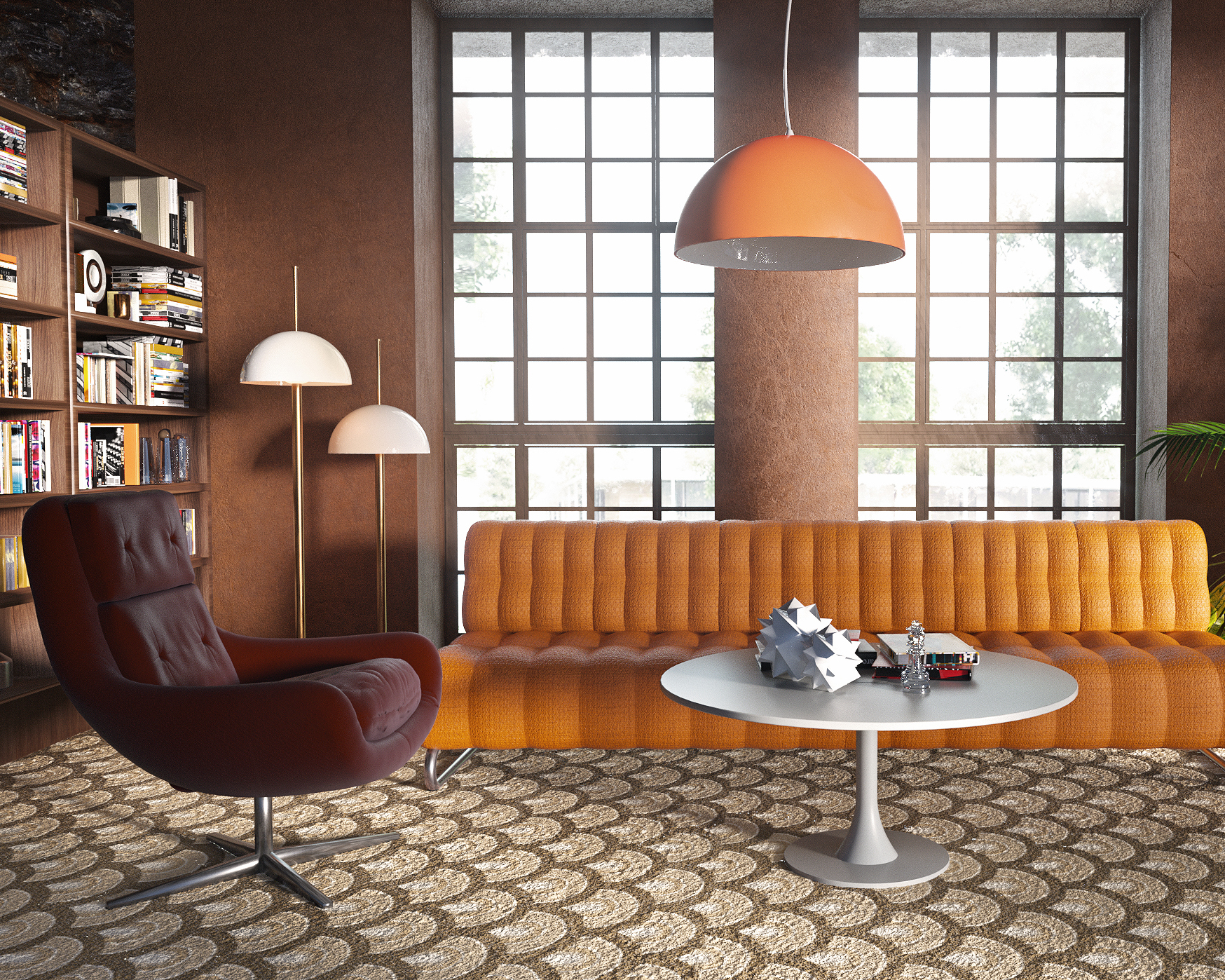
1970s
Ten years later, the RICCI armchair (above) introduced a curved focal point to the nostalgic living space.
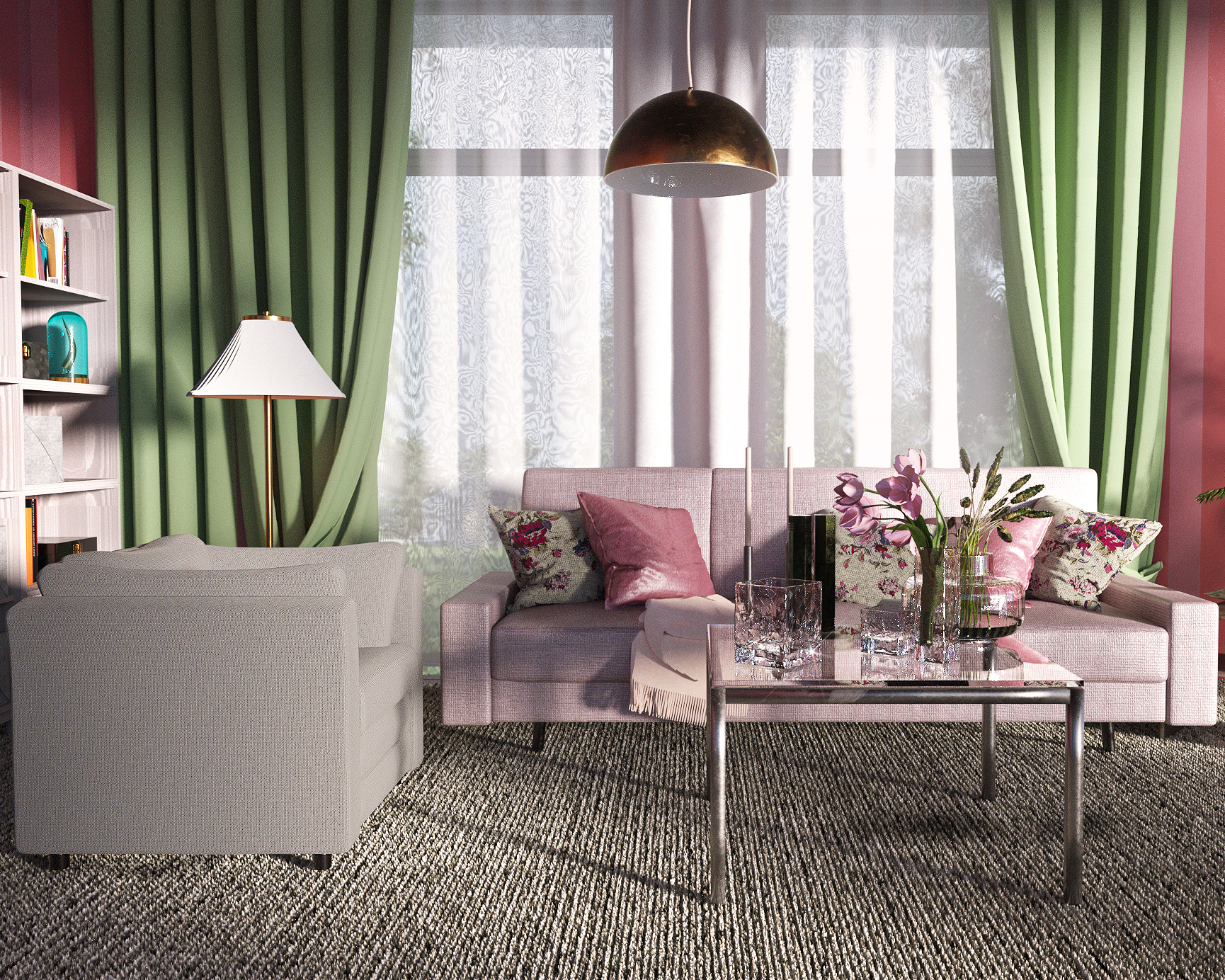
1980s
This was before the Hede armchair brought a sense of balance to the otherwise maximalist scheme.
Be The First To Know
The Livingetc newsletters are your inside source for what’s shaping interiors now - and what’s next. Discover trend forecasts, smart style ideas, and curated shopping inspiration that brings design to life. Subscribe today and stay ahead of the curve.
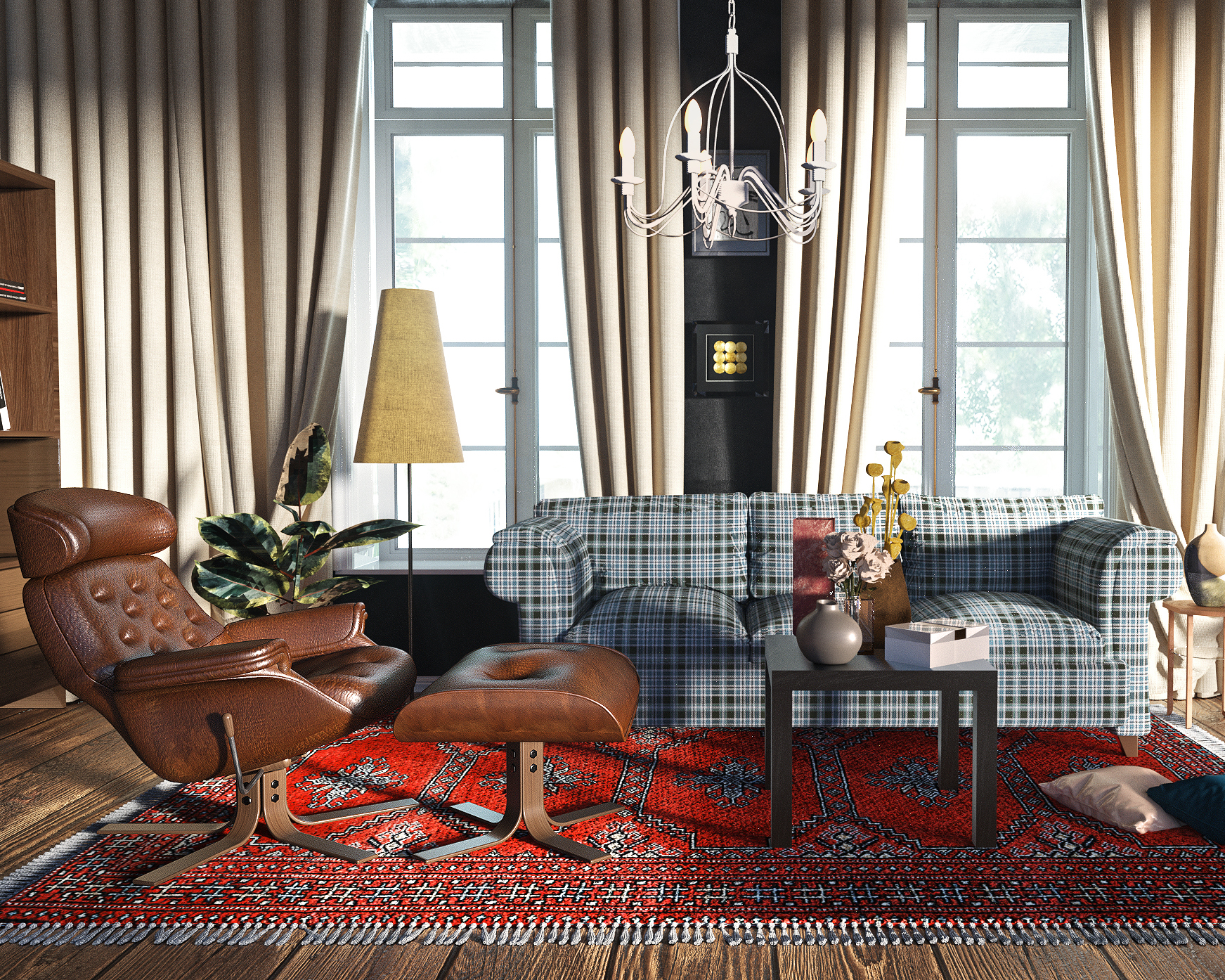
1990s
In the 1990s (above), IKEA made arguably their most significant statement to date with the MULLSJO chair, a staple leather furnishing with a matching footstool that adds a new texture to the overflow of material in the rich wooden space.
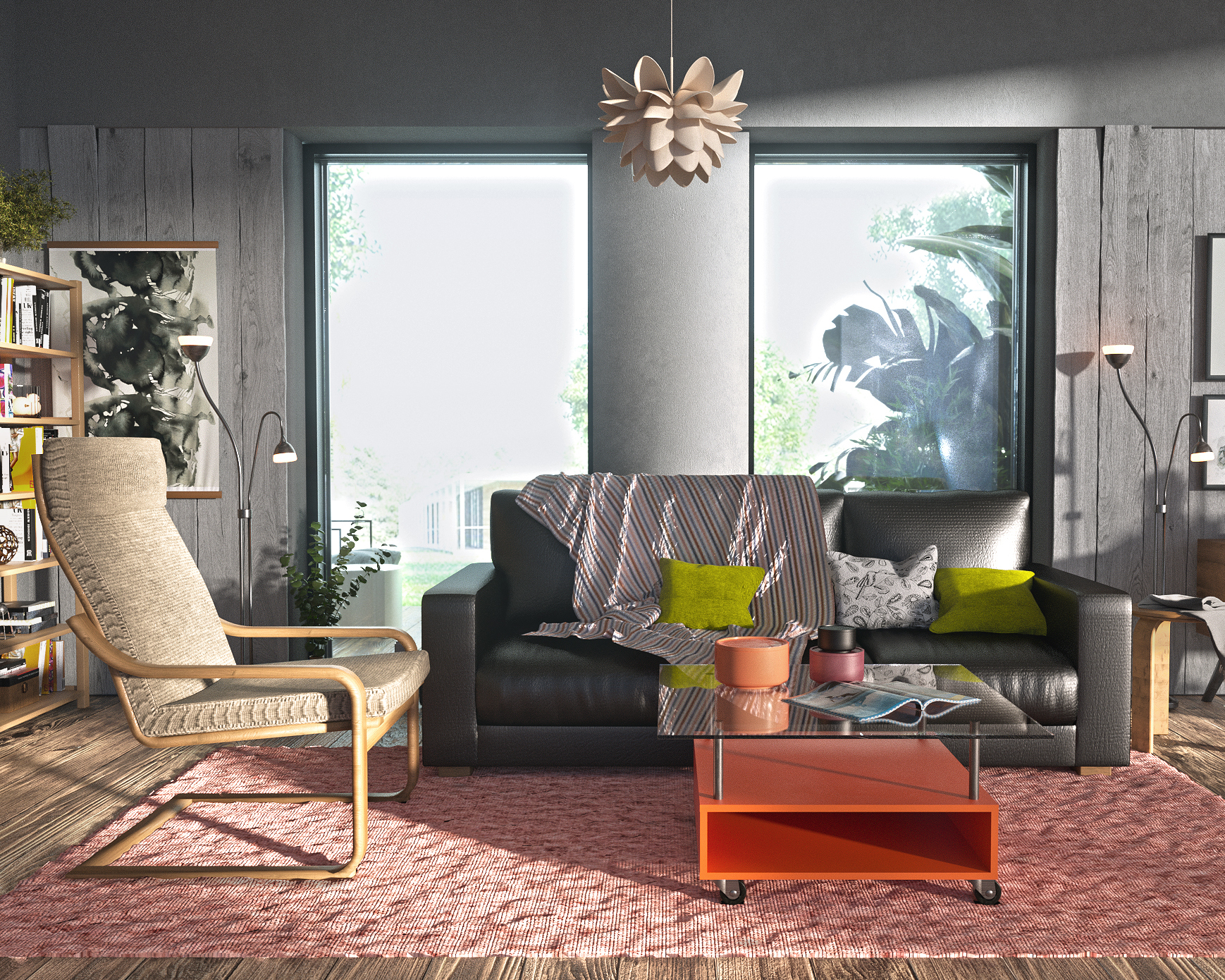
2000s
The turn of the millennium saw the rise of a modern IKEA icon that still reshapes modern home decor ideas today – the POÄNG – the 1970s piece that surged – and continues to surge in popularity.
There are various ways to style the IKEA POÄNG armchair, but the living room above is a noughties-inspired capsule with an ever-timeless appeal.
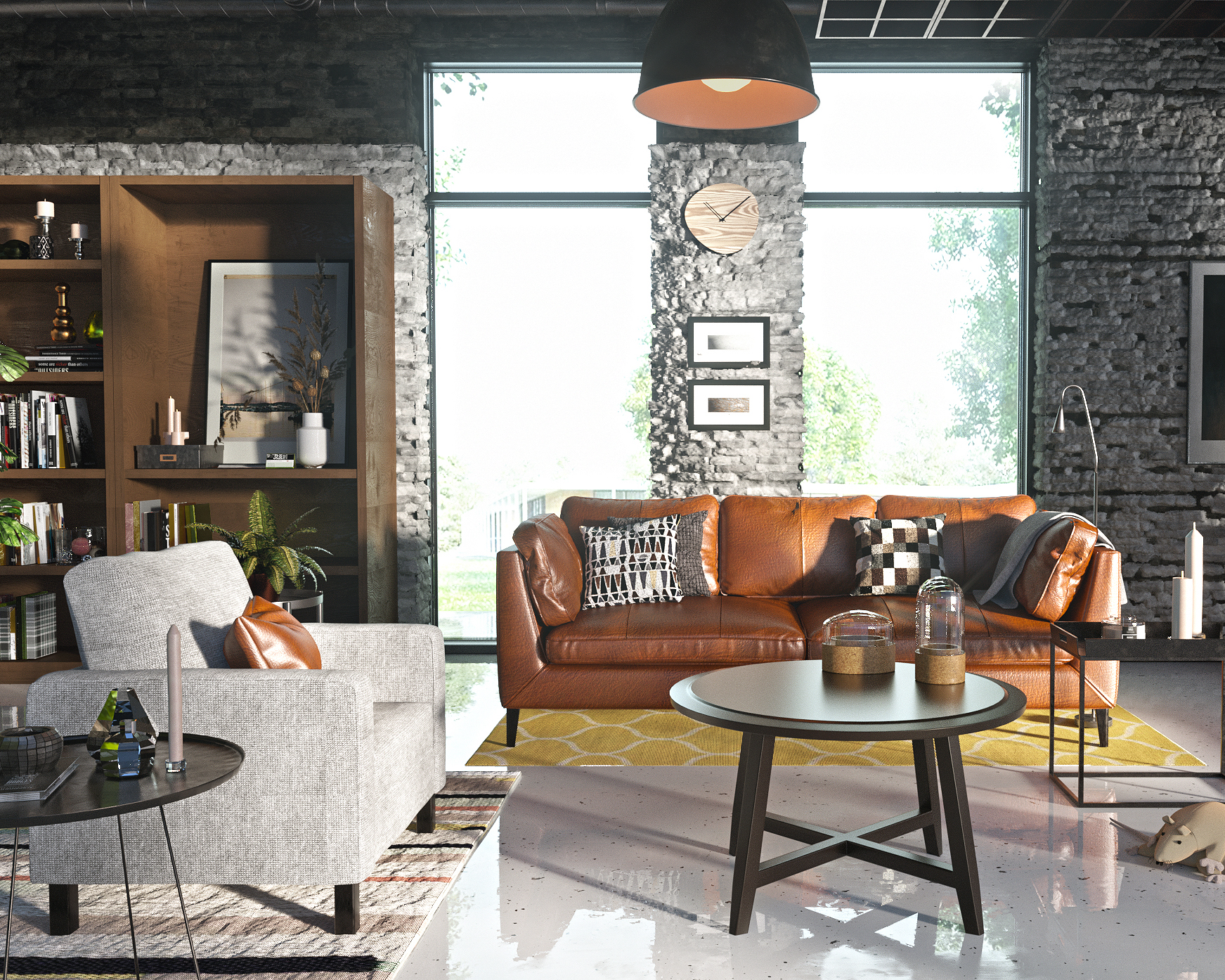
2010s
The 2010s saw the KARLSTAD armchair take center stage, with its knitted gray hues paving the way for the biggest interior design trends we are currently experiencing.
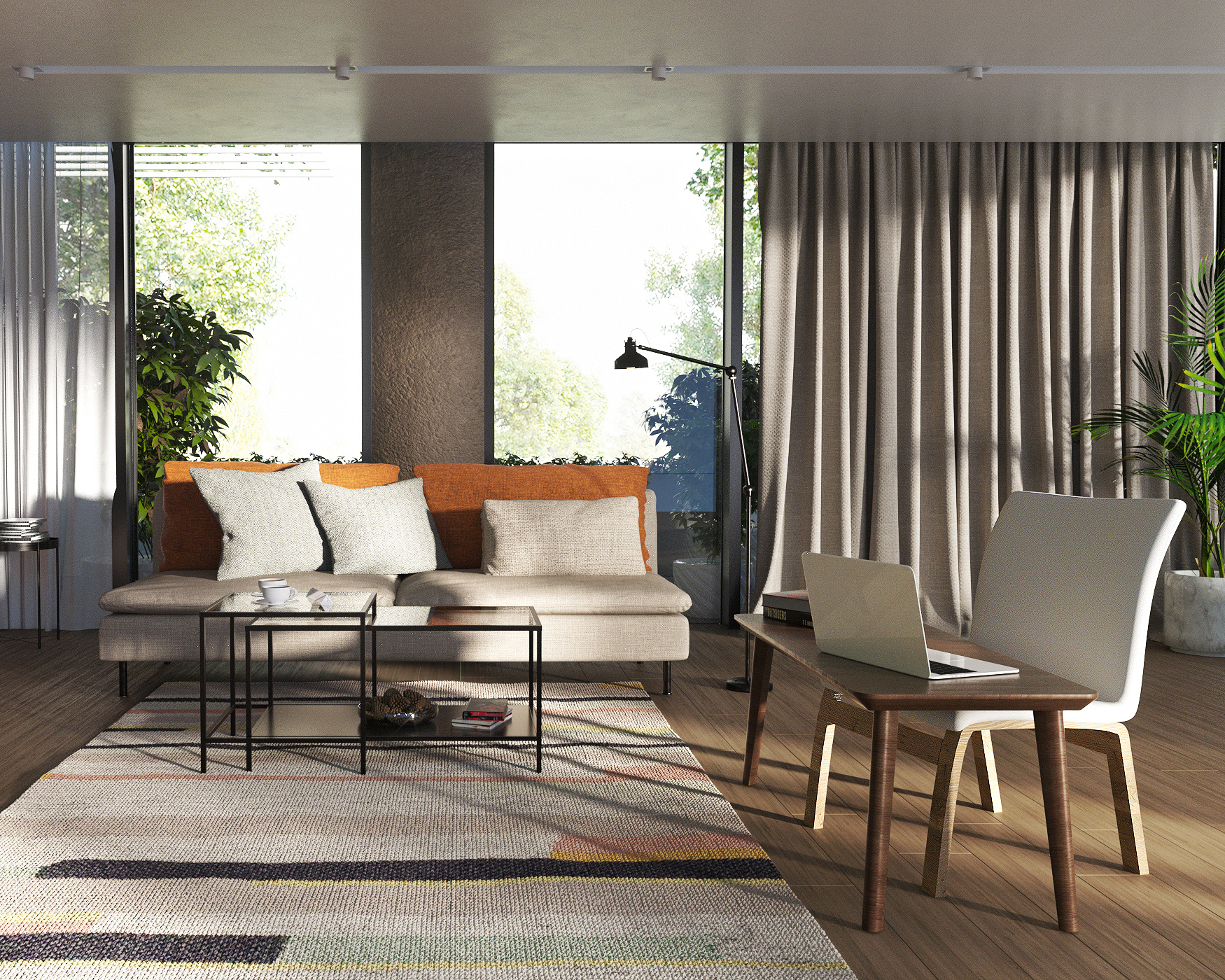
2020s
And at the peak of these contemporary statements, the most daring of IKEA’s armchairs to date, the NOLMYRA ‘easy’ chair is an unconventional but ever-so stylish armchair, a strikingly modern feature in the 2020s living space.
While we can never predict the future, we expect IKEA’s armchairs will continue to transform schemes for 70 more years in the future.
*Study by Householdquotes

Megan is the Head of Celebrity Style News at Homes & Gardens. She first joined Future Plc as a News Writer across their interiors titles, including Livingetc and Real Homes, before becoming H&G's News Editor in April 2022. She now leads the Celebrity/ News team.
Before joining Future, Megan worked as a News Explainer at The Telegraph, following her MA in International Journalism at the University of Leeds. During her BA in English Literature and Creative Writing, she gained writing experience in the US whilst studying in New York. Megan also focused on travel writing during her time living in Paris, where she produced content for a French travel site.
Megan currently lives in London, where she relocated from her hometown in Yorkshire. In her home, she experiments with interior design trends and draws inspiration from the home decor ideas she observes in her everyday work life. Her favorite pieces include her antique typewriter and her expansive collection of houseplants. When she isn’t writing, she is browsing London’s coffee shops and bookstores to add to her ever-growing library, taking over the open shelving in her apartment.
-
 5 Bathroom Layouts That Look Dated in 2025 — Plus the Alternatives Designers Use Instead for a More Contemporary Space
5 Bathroom Layouts That Look Dated in 2025 — Plus the Alternatives Designers Use Instead for a More Contemporary SpaceFor a bathroom that feels in line with the times, avoid these layouts and be more intentional with the placement and positioning of your features and fixtures
By Lilith Hudson Published
-
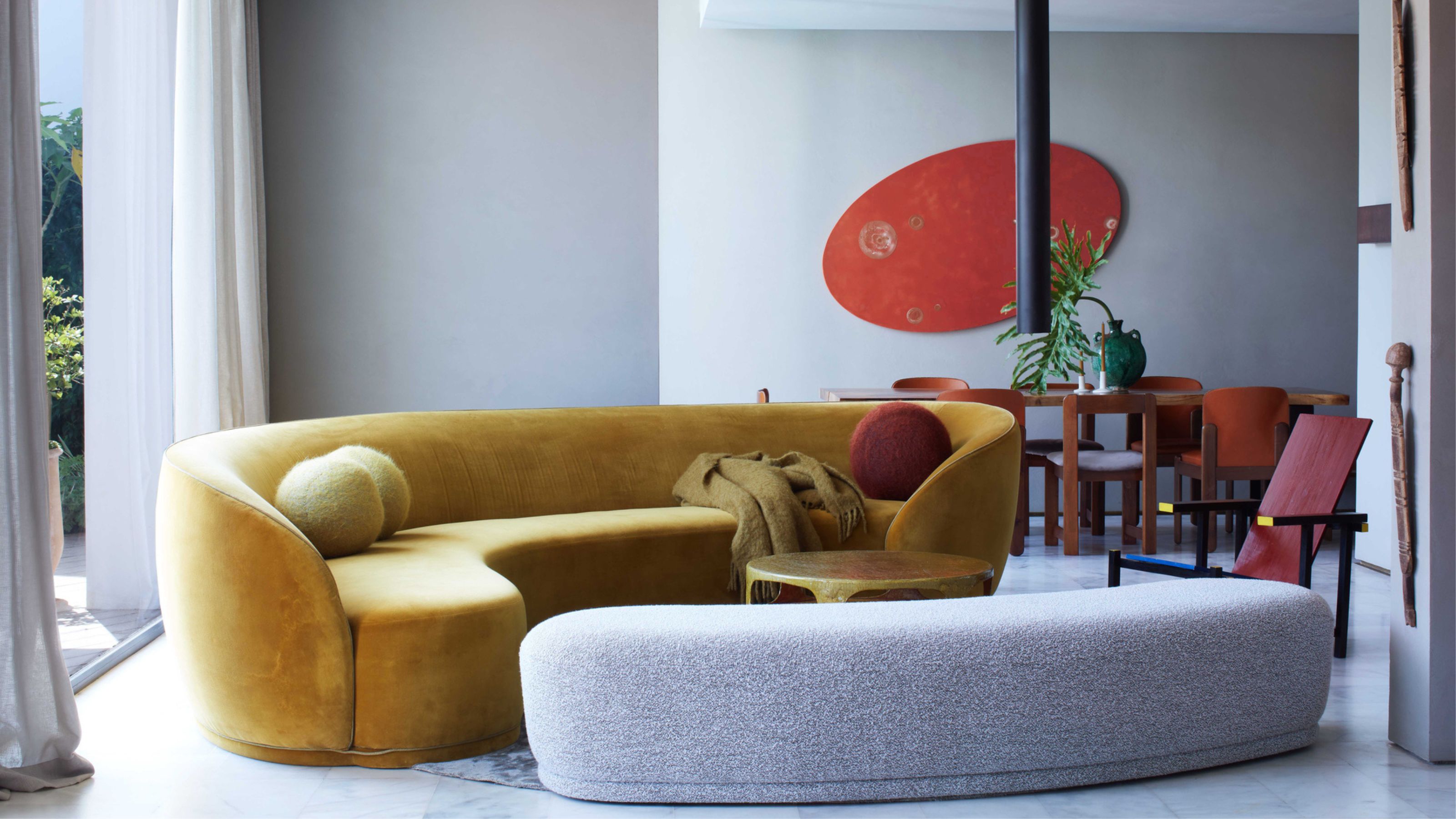 Why Decorating With Mustard Yellow Helps Fill Your Interiors With a Sense of "Confident Calm"
Why Decorating With Mustard Yellow Helps Fill Your Interiors With a Sense of "Confident Calm"There is so much more to decorating with this turmeric-tinted sauce-wiggled-on-a-hotdog not-quite-yellow shade than meets the eye
By Amy Moorea Wong Published